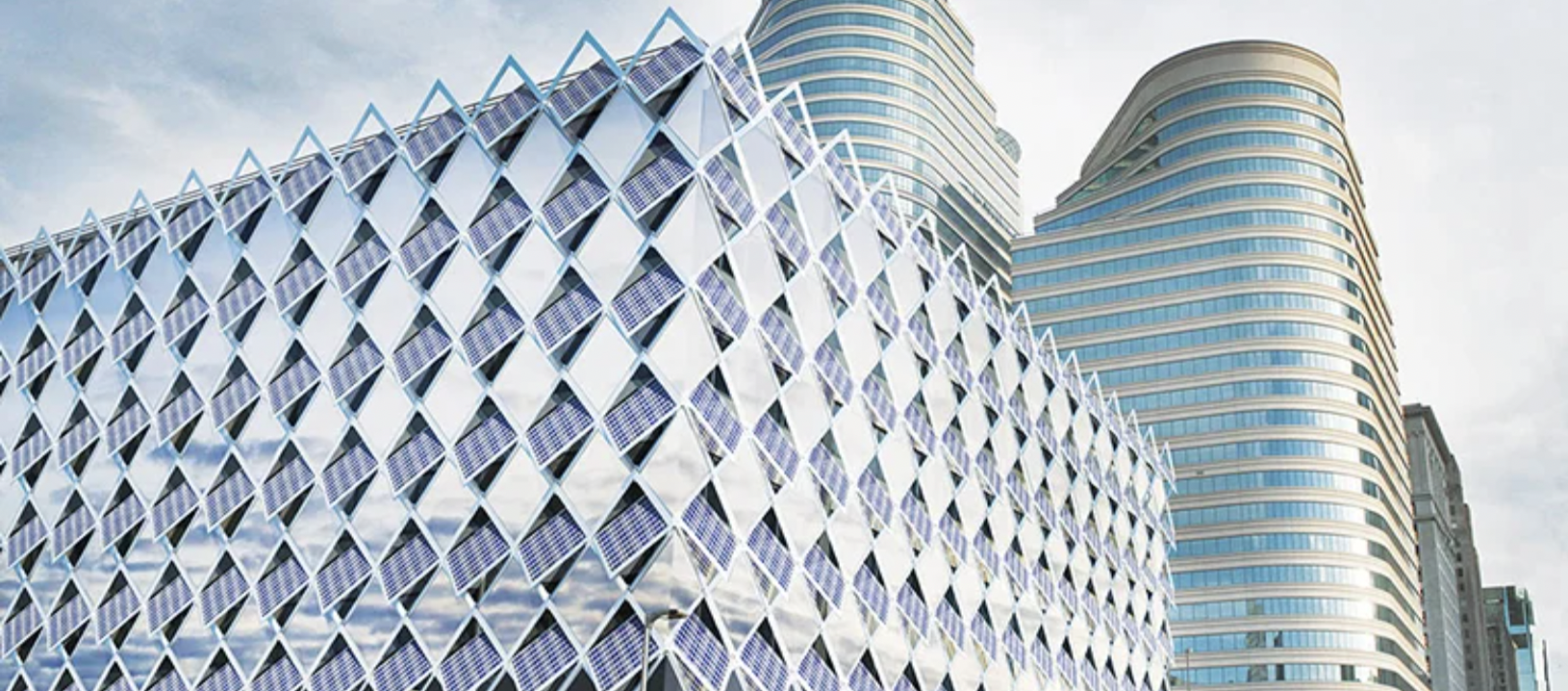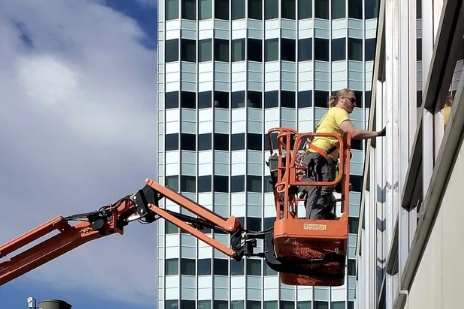The building envelope refers to the outer shell or skin of a building, separating the interior and exterior environments. It serves as a barrier against heat, cold, moisture, noise, and air infiltration. The components of the building envelope, such as insulation materials, windows, and doors, determine the energy efficiency and overall performance of the structure.
Several studies identified saving potentials from the building envelope in European countries in the range between 75% and 80% (Hummel et al, 2021). Of the annual air conditioning heating energy consumption of public buildings, there was about 50% consumed by the heat transfer of the building envelope (Feng et al, 2016). Studies have also shown thermal insulation can reduce buildings’ energy consumption up to forty percent (Abdelhafiz et al, 2022). Below are some critical aspects of the building envelope.
Thermal Insulation: Preserving Comfort, Reducing Energy Demand
Insulation materials, like fiberglass, cellulose, or foam, act as barriers to heat transfer, preventing unwanted heat gain in summers and heat loss during winters. By minimizing the need for heating and cooling, effective insulation significantly reduces energy consumption, leading to substantial cost savings for building owners and occupants.
Air Sealing: Guarding Against Energy Loss
Air leakage through cracks, gaps, and poorly sealed joints can lead to significant energy loss. Airtightness is a crucial aspect of the building envelope, as it prevents uncontrolled air movement, enhancing the effectiveness of insulation and reducing the load on HVAC systems. By minimizing air infiltration, buildings can maintain more stable indoor temperatures, reduce the workload on mechanical systems, and save energy.
Windows and Glazing: Harnessing Natural Light and Passive Heating
Windows, an integral part of the building envelope, provide natural light, ventilation, and a connection to the outside world. However, they can also be a significant source of heat gain or loss. Energy-efficient windows with low-emissivity coatings, multiple panes, and insulating gas can greatly reduce heat transfer, enhancing both comfort and energy savings.
Solar Reflectance and Thermal Mass: Controlling Heat Gain
The building envelope’s design can incorporate materials with high solar reflectance to minimize the absorption of solar radiation, reducing the cooling load on the building. Additionally, thermal mass materials, like concrete or stone, absorb and store heat during the day and release it slowly at night, aiding in maintaining stable indoor temperatures and reducing the reliance on mechanical cooling systems.
Moisture Control: Mitigating Energy Loss and Building Damage
Moisture infiltration can degrade insulation, promote mold growth, and compromise the structural integrity of the envelope. Effective moisture management through vapor barriers, weather-resistant coatings, and proper drainage systems ensures that the building envelope remains dry, reducing the risk of energy loss and potential long-term damage.
Overall, the building envelope is a critical line of defense against energy loss and environmental elements, making it an essential aspect of any sustainable building design. By focusing on the design, materials, and construction techniques of the building envelope, we can unlock significant energy savings, reduce carbon emissions, and enhance occupant comfort. Investing in energy-efficient insulation, high-performance windows, air sealing, solar reflectance, and moisture control measures can lead to substantial long-term benefits for both the environment and building.



